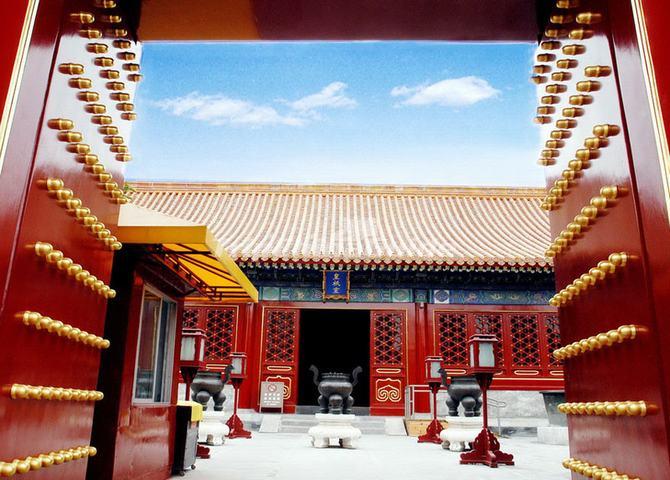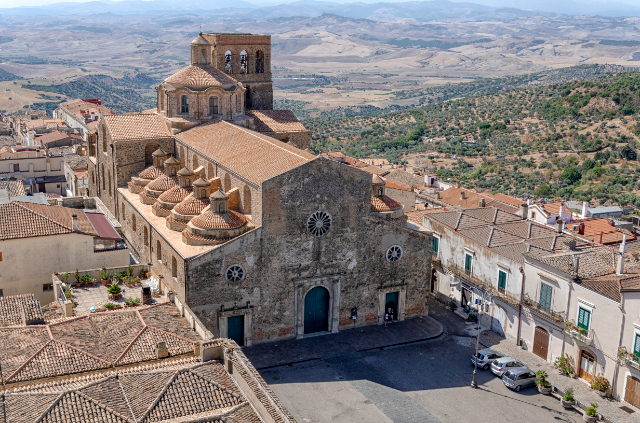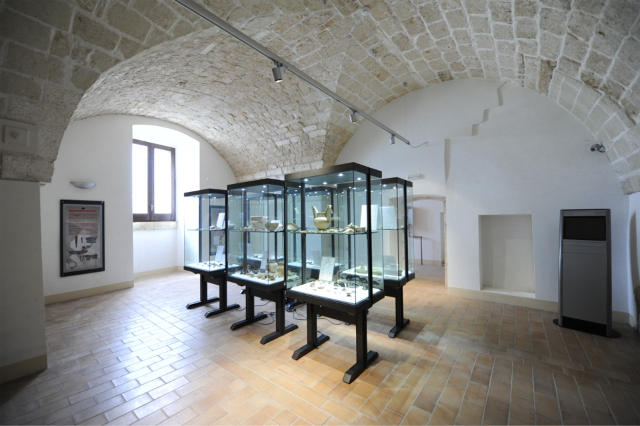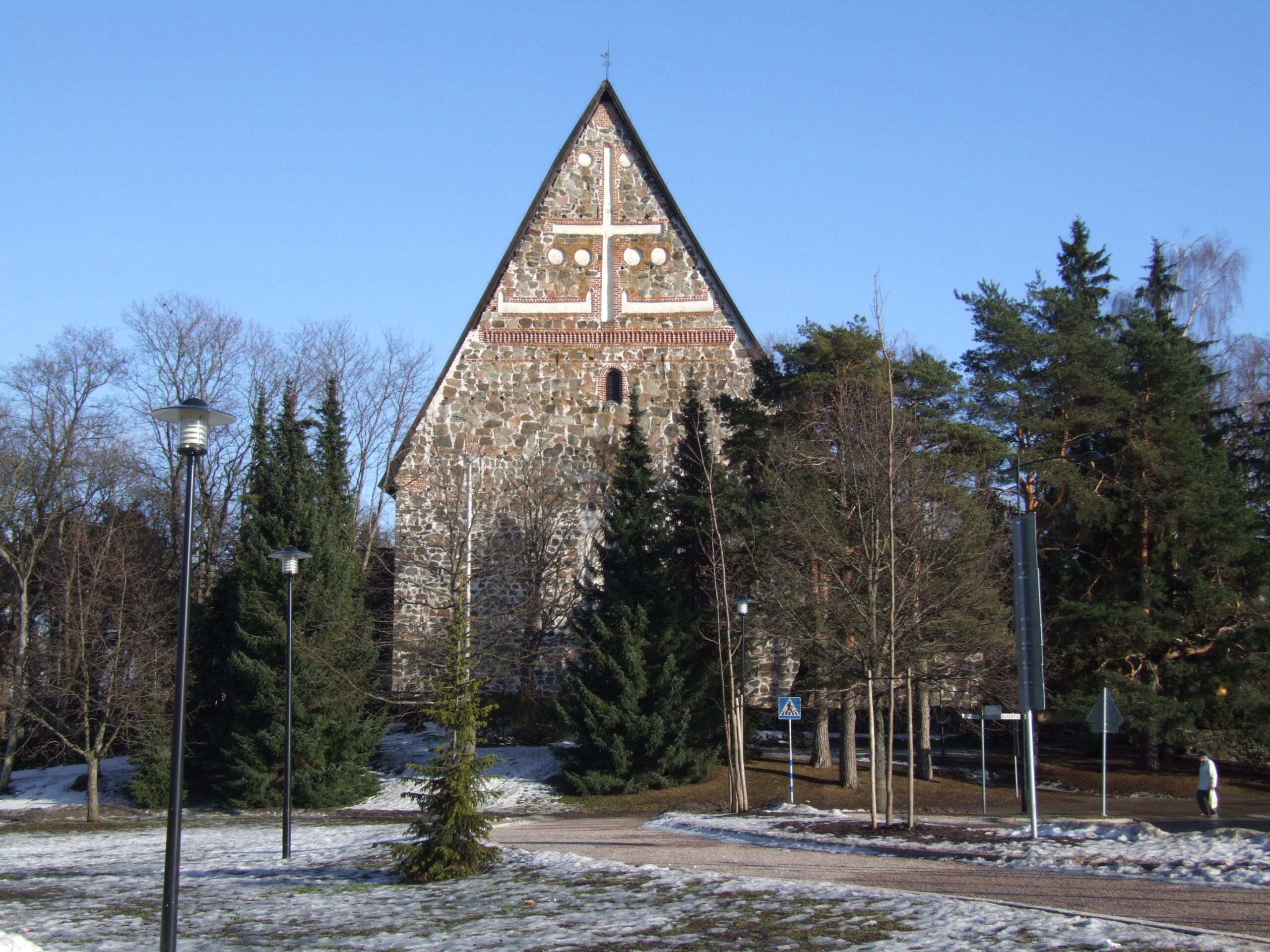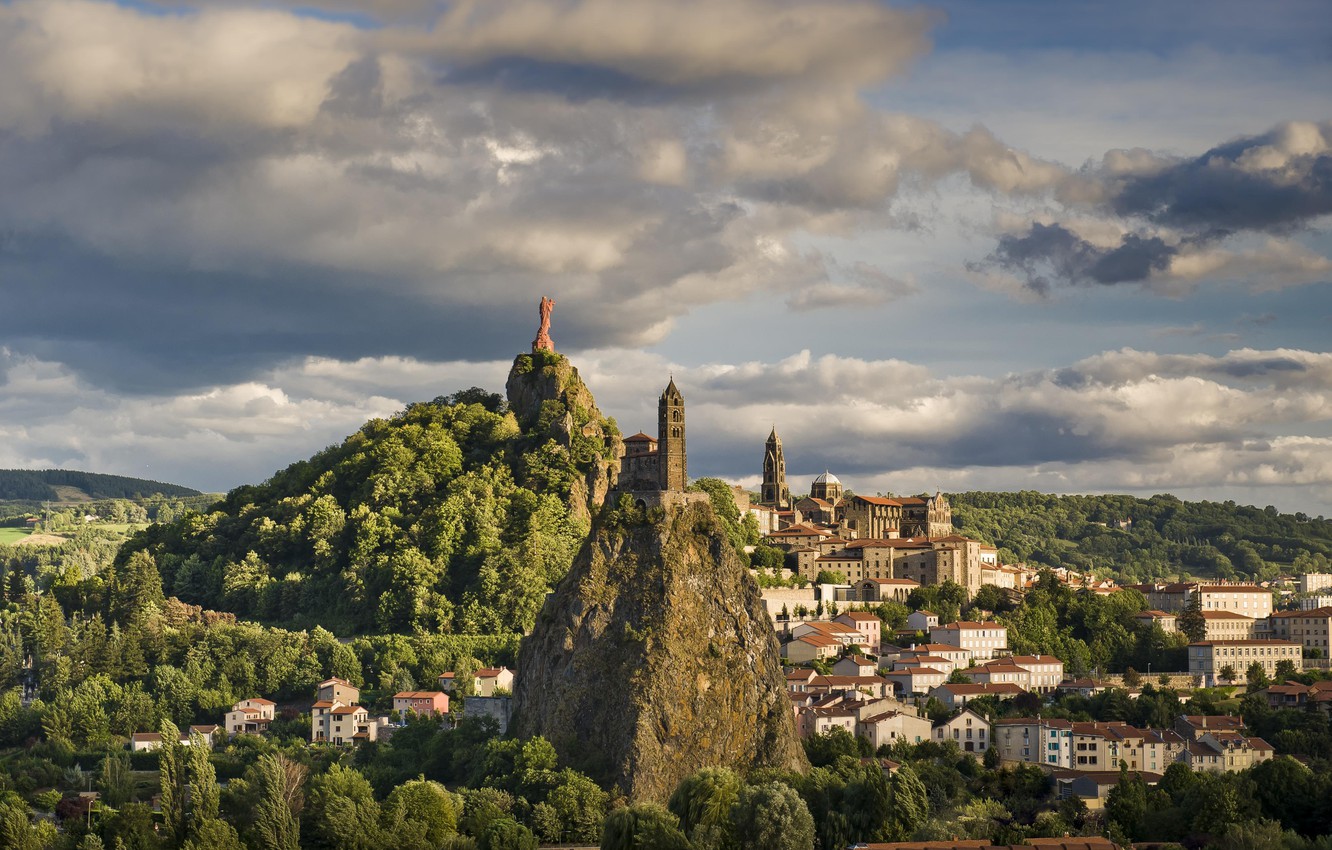The Temple of the Earth (traditional Chinese: 地壇; simplified Chinese: 地坛; pinyin: Dìtán) in Beijing, At 42.7 hectares, it is the second largest of the four Temples of Beijing behind only the Temple of Heaven.
The Temple of Earth (also referred to as the Ditan Park) was constructed in 1530 by the Jiajing Emperor during the Ming dynasty. For thousands of years, the Chinese have believed that important cosmic things could be symbolized using common shapes and directions. Because the Temple symbolizes the Earth, its footprint is square in shape. The square is a powerful symbol in Chinese culture and mythology which can mean Earth or the ground. The Temple’s construction mirrors these beliefs with its many square walls and altars. The Temple of Earth is also located in the north of Beijing, north being the direction associated with the Earth. In contrast to this, the much larger Temple of Heaven is circular in shape, symbolizing the heavens and sky, and is located in the south of Beijing.These two temples, along with the Temple of the Moon and Temple of the Sun (located in the west and east, respectively), interact with each other in spiritually important ways. The Chinese government has listed the Earth temple as one of the most important historical monuments under special preservation.
